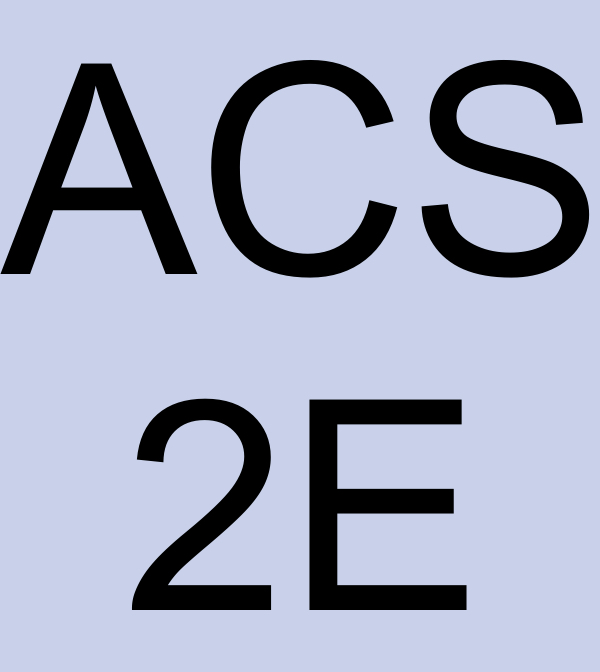Preview Activity 5.1.1.
Suppose that the following information is known about a function \(f\text{:}\) the graph of its derivative, \(y = f'(x)\text{,}\) is given in Figure 5.1.1. Further, assume that \(f'\) is piecewise linear (as pictured) and that for \(x \le 0\) and \(x \ge 6\text{,}\) \(f'(x) = 0\text{.}\) Finally, it is given that \(f(0) = 1\text{.}\)

(a)
(b)
On what interval(s) is \(f\) concave up? concave down?
(c)
At what point(s) does \(f\) have a relative minimum? a relative maximum?
(d)
Recall that the Total Change Theorem tells us that
\begin{equation*}
f(1) - f(0) = \int_0^1 f'(x) \, dx\text{.}
\end{equation*}
What is the exact value of \(f(1)\text{?}\)
(e)
Use the given information and similar reasoning to that in (d) to determine the exact value of \(f(2)\text{,}\) \(f(3)\text{,}\) \(f(4)\text{,}\) \(f(5)\text{,}\) and \(f(6)\text{.}\)
(f)
Based on your responses to all of the preceding questions, sketch a complete and accurate graph of \(y = f(x)\) on the axes provided, being sure to indicate the behavior of \(f\) for \(x \lt 0\) and \(x \gt 6\text{.}\)

